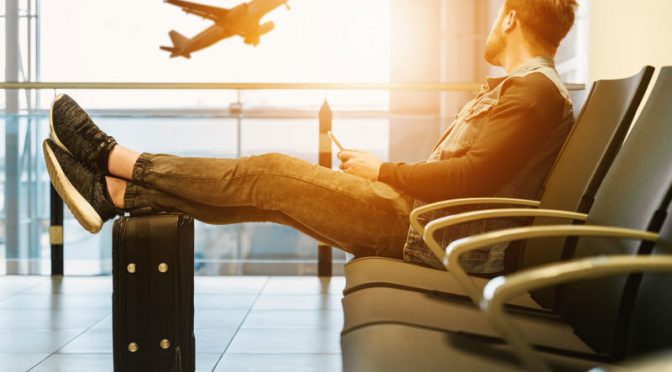How to capture unique travel photography, by Glenn Mckimmin, Fujifilm ambassador
Traveling and photography go hand in hand.
Whether a professional travel photographer on an exhibition or a tourist looking to capture a holiday, it’s only natural that you look to take photos that perfectly capture your experience and memories.
But before embarking on travels, photographers must ensure they’re both armed with the correct equipment and knowledge that will enable them to create shots that perfectly captivate their experiences.
1. Your camera choice
First thing’s first – make sure you have the correct camera on hand. Think about what you really want to achieve from your travel photography.
For seasoned professionals embarking on travels in order to capture impressive shots, I recommend investing in a camera such as the Fujifilm GFX. This delivers the best in image quality and is the highest class resolution mirrorless digital camera.
Those of you anticipating that a lot of exploring will take place won’t want a huge camera weighing you down when you don’t necessarily need it. In this instance, I recommend using the Fujifilm X-T30 or X-T3.
Both of these cameras are lightweight and compact while still delivering impressive imagery, making the perfect camera companion while getting out and about.
Once you’ve decided on your camera, it’s time to get acquainted with your surroundings and the lenses you should use.
2. The golden hour
The greatest friend you will have in photography is light. It is undoubtedly the single most important contributor to taking great landscape photographs. The magic really happens in the “golden hour,” which is the half-hour either side of sunset and sunrise.
Due to the angle of light being so low during this period, it creates impressive textures and patterns within the scene. This can be further accentuated by a lens with a fast shutter speed, such as the FUJINON XF18mmF2, which perfectly captures the changing light.
Having a tripod on hand is also important if you’re looking to create time lapses that show the sun’s shadow movements throughout sunrise and sunset. This mixture of colour and light creates a photographers paradise, immediately warming up shots.
3. Understand the weather
It is one thing to watch the weather but it is a totally separate thing to actually understand it. Cloud formation, in particular, can have an amazing impact on the range of colour in your images.
As different cloud structures move through the night sky, this will greatly increase the chance of the cloud lighting up the following morning. The results can be impressive for beach shots, adding depth to the colour of the water’s reflection.
It goes without saying, but weather conditions such as wind and rain will impact your shots. So make sure you take time to analyse the weather conditions before taking your shots. If you’re better prepared, chances are you’ll gain some impressive imagery.
4. Strong Foregrounds
One of the main things I look for when I shoot is a strong foreground, which can ultimately make or break your images.
There’s a lot to consider when working with strong foregrounds. You have to walk a fine line between using various compositional tools such as leading lines, the rule of thirds, movement and reflection in order to create a foreground that works within the scene you are shooting.
5. Become a multi-dimensional photographer
Often photographers will find themselves capturing shots that we have already seen before. And while these could be very impressive, I recommend being adventurous in your photography – looking out for other landscapes that are less frequently captured.
Find a dimension that sets your images apart. Look to capture a shot from a perspective you have never seen before. The trick is to allow yourself to forget all you have seen previously and look at the scene with a fresh vision.
Use the elements you have in front of you to create a complete image, rather than relying on the brilliance of one aspect to manufacture a shot.
Pairing this with an appropriate lens, such as a wide-angle one that’s between 10-24 mm long, will create a range of scenes. Play around with the dimension to create different illusions – standing both closer and further away to transform the way different objects appear.
6. Don’t fix it later
With the advent of digital, there is sometimes a mentality with photographers to “fix it later” in photoshop. I I believe digital is sometimes making us lazy photographers. The best idea is to focus on getting the shot in camera so that you don’t have to recreate something later on.
Rely on your ability and the techniques you have learnt so that when you are shooting you are totally absorbed by the elements that are making up your composition and not how many layers you will need later on in Photoshop to fix a bad shot.












